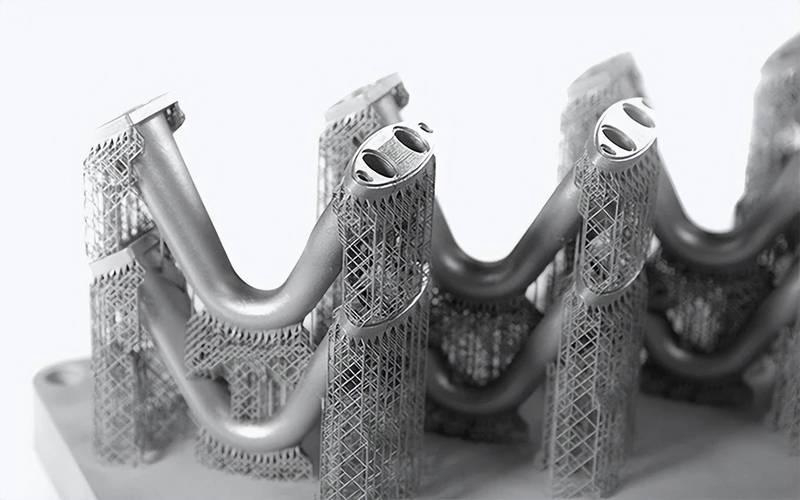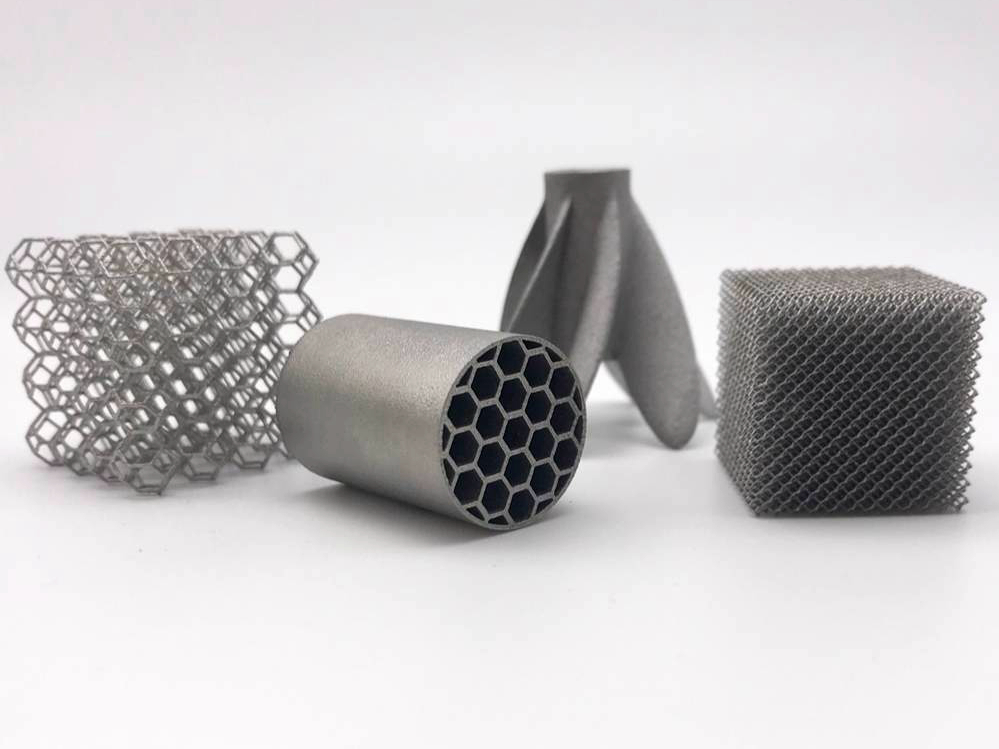What are the most common heat treatment processes for 3D printed metals?
What Are the Most Common Heat Treatment Processes for 3D Printed Metals?
Overview
Heat treatment is essential for improving the mechanical properties, microstructure, and dimensional stability of metal parts produced by additive manufacturing processes such as SLM, DMLS, and EBM. These processes often result in residual stresses, anisotropic grain structures, and non-ideal phase distributions. Heat treatment addresses these issues and tailors part performance to application needs.
1. Stress Relief Annealing
This is the most fundamental heat treatment applied to nearly all metal 3D printed parts. It reduces internal residual stress caused by rapid heating and cooling cycles during printing.
Ti-6Al-4V: 600–650°C for 2 hours
Inconel 718: 870–980°C for 1 hour
Tool Steel H13: 600°C for 2–4 hours
Stress relief improves dimensional stability and reduces distortion during post-processing.
2. Solution Treatment and Aging (STA)
STA is essential for precipitation-hardenable alloys to improve strength and fatigue resistance.
SUS630/17-4 PH: solution treated at ~1040°C, aged at 482°C (H900 cycle)
Inconel 718: solution treated at 980°C, aged at 720°C and 620°C in two steps
Tool Steel 1.2709: solution treated at 850°C, aged at 490°C for 6 hours
This process refines microstructure and introduces strengthening precipitates.
3. Full Annealing
Full annealing is used to restore ductility and reduce hardness in work-hardened or stress-prone parts. It promotes equiaxed grain formation and isotropy.
SUS316L: 1040–1100°C with controlled cooling
Ti-6Al-4V ELI: 700–800°C under vacuum or inert atmosphere
Annealing is particularly useful for improving toughness in medical and pressure-containing parts.
4. Tempering
Tempering follows hardening treatments in tool steels to reduce brittleness and fine-tune hardness levels.
Tool Steel D2: tempered at 200–500°C after quenching
Tool Steel H13: multiple tempers at 540–620°C for high impact resistance
Tempering adjusts the hardness-to-toughness balance required in tooling and die-casting components.
5. Hot Isostatic Pressing (HIP)
HIP combines high pressure (100–200 MPa) and elevated temperatures to eliminate internal porosity, improve density, and enhance fatigue strength.
Ti-6Al-4V: HIP at ~920°C under 100 MPa for 2–4 hours
Haynes 230 and Hastelloy X: HIP at 1160°C for turbine applications
HIP is common for critical aerospace and medical parts requiring defect-free internal structures.
Summary Table of Common Heat Treatments
Process | Purpose | Typical Materials |
|---|---|---|
Stress Relief Annealing | Reduce residual stress | Ti-6Al-4V, Inconel 718, H13, 316L |
Solution Treatment & Aging | Strengthen via precipitation | 17-4 PH, Inconel 718, 1.2709 |
Full Annealing | Increase ductility, reduce hardness | 316L, Ti-6Al-4V ELI |
Tempering | Adjust hardness and toughness | Tool Steels (H13, D2, 1.2709) |
Hot Isostatic Pressing | Eliminate porosity, improve fatigue | Ti-6Al-4V, Haynes 230, Hastelloy X |
Recommended Services for Thermal Optimization
Neway 3DP provides end-to-end thermal solutions for additive parts:
Heat Treatment Custom thermal profiles to meet strength, fatigue, and ductility requirements.
Hot Isostatic Pressing For defect-free structural performance in critical components.
CNC Machining Precision final machining after heat stabilization.



